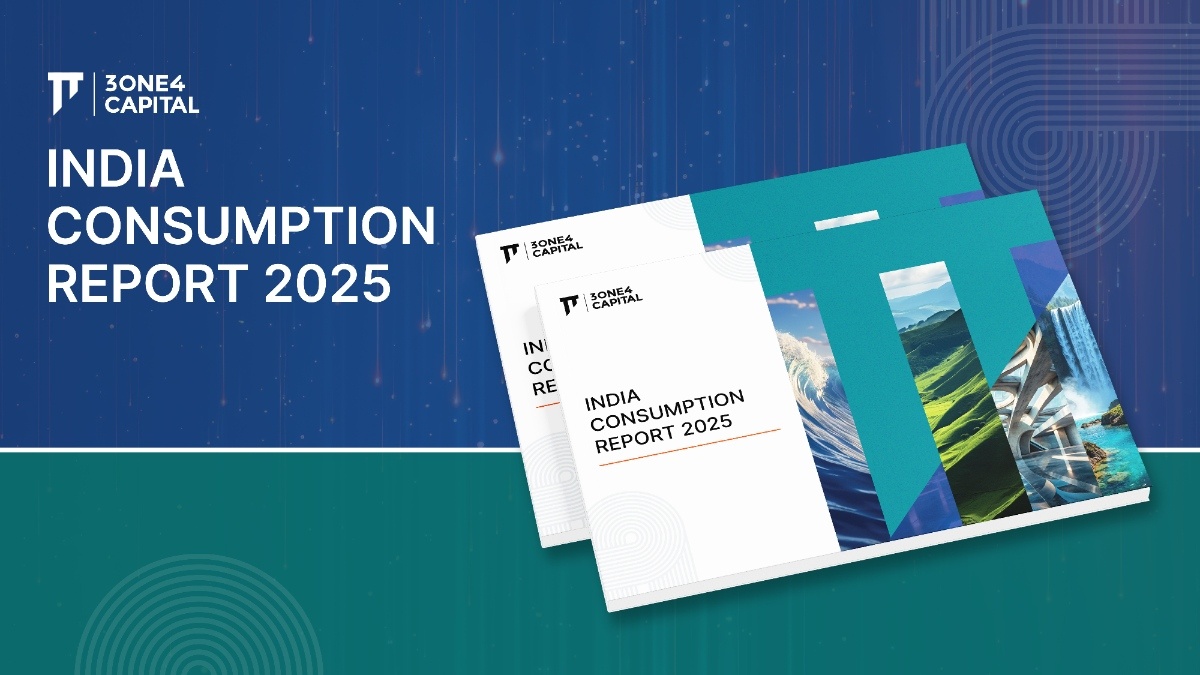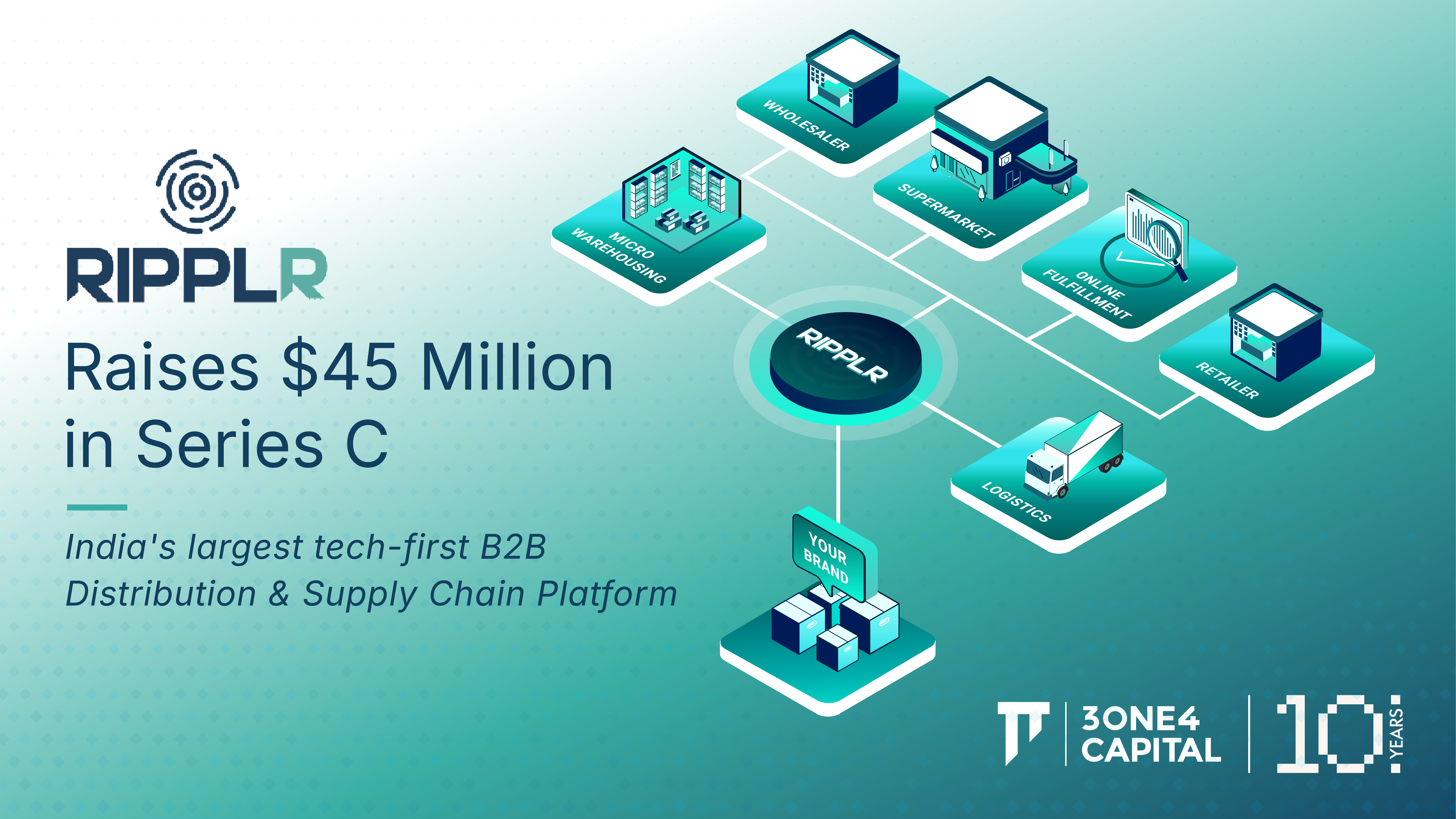
With Benefits of Growth Reaching Almost Every Indian, the Future Looks Bright
The tech sector has seen the rise of giant software services companies – five out of top ten and three of top five software services companies globally in market cap are Indian. Sixty percent of global outsourcing comes to India. 5.5 million people work in this sector today. By 2026, India could host more software engineers than the US.
With this domination, India exported nearly $200 billion gross value of software in FY23 with $135 billion in inbound cash from such exports as well as $100 billion in remittances. The increased profits in the sector and the large employment counts have created the human capital for India's booming tech innovation startup sector.
The ecosystem with nearly 100,000 startups and a total investment of $140 billion from 2014 till date has yielded 108 unicorns and $500 billion in value created. This is expected to grow to 250 unicorns and $1.5 trillion in value by 2026.
Creating Jobs
All of these factors have converged in a significant increase in employment in India. EPFO data shows 1.5+ crore new subscribers joined in FY23. Of this, 52 percent were in the age group of 18-25, indicating that most of these are first time jobs. Even if we attribute a portion of the 25+ age group to formalisation, at least 1 crore new jobs are being formed every year in the formal sector.
In fact, many areas in the South are actually facing labour shortages due to the decline in fertility and increase in per-capita income. Auto industry sales also indicate a spurt in employment – 5.2 million four wheelers, 800,000+ LCV + MCV + HCV, 500,000+ three-wheelers, 19 million two-wheelers and 900,000+ tractors – with these many vehicles sold annually, at least 25 lakh jobs are being created annually in using them.
India isn’t facing the problem of less jobs, rather of low-paying jobs where 70 percent of jobs pay less than Rs 25,000 per month. Higher growth will create more high-paying and specialised jobs to meet the aspirations of the workforce.
Improving Socio-Economic Indicators
Social indicators have also improved tremendously across India. As per NFHS 5, surveyed in 2019-21, India today has 1,020 females per 1,000 males. People are living longer and healthier, infant mortality and maternal mortality rates have lowered, the gender ratio at birth has increased to 935 females per 1000 males and fertility has reduced to 2.0.
The 60+ population is 130 million, amounting to 8 percent+ of the total, which is expected to reach 200 million by 2030. India must create a social security net for its ageing population with policies for comprehensive pension and elderly care.
Educational access has grown tremendously. India hosts one of the largest education systems in the world, by far. Over 265 million children are in school. Of 100 children entering Class I today, 85+ complete Class X and 65 complete Class XII. Retention is consistently improving.
In higher education, India has 1,200+ universities, 56,000+ colleges and 43 million+ students. Gross Enrollment Ratio in college in the age group of 18-23 is 28, with women GER clocking a higher rate than men’s since 2019. GER has increased across all social groups. Having built capacity at scale, India must now focus on improving the quality of education.
Poverty has decisively reduced across the country. The latest NITI-Aayog study shows 14.9 percent of India’s population is currently multidimensionally poor, compared to 24.8 percent in 2016. This is largely the fruit of the slew of welfare schemes launched by the NDA government.
Public Goods Gamechanger
As a result, by 2024, almost all Indians are expected to have a roof over their heads, water in the tap, power in the switch, a toilet in the house, a gas stove, food on the table, a bank account with money, a mobile phone, internet connection, education for their children, health insurance for the family and some social security for the elderly and the vulnerable.
The next challenge is reducing the inequity in growth across the country – for example, Bihar’s per-capita income (Rs 75,000) is 1/5th that of Karnataka’s (Rs 3,83,000). More Aspirational District Programmes that focus on district level growth are required.
India is the world's third-largest digital power at a crucial point when the digital revolution is afoot. The nation pioneered population-scale Digital Public Goods like Aadhaar and UPI that form the foundation for digital and financial inclusion of India's 1.4 billion-strong population, continued public-facing innovation like ONDC and Account Aggregator on top of India Stack, and waves of private innovation by allowing startups to plug into the system via open-APIs.
India Stack is unique in creating population-scale platforms that are publicly owned, accessible by all citizens and allowing greater innovation to flourish at some of the lowest costs in the world. The huge quantum of data augurs well for India in the AI age.
With substantial growth, significant investments and infrastructure spending, rising consumption indicated by GST, a robust banking system with adequate capital to meet the needs of the growing economy, healthy ForEx reserves, increased formalisation and job creation, increased productivity with reduced logistics costs, and a highly matured tech services and innovative startup ecosystem, there is no better time than today for an Indian to look to the future with great optimism.
Originally published in Moneycontrol
DISCLAIMER
The views expressed herein are those of the author as of the publication date and are subject to change without notice. Neither the author nor any of the entities under the 3one4 Capital Group have any obligation to update the content. This publications are for informational and educational purposes only and should not be construed as providing any advisory service (including financial, regulatory, or legal). It does not constitute an offer to sell or a solicitation to buy any securities or related financial instruments in any jurisdiction. Readers should perform their own due diligence and consult with relevant advisors before taking any decisions. Any reliance on the information herein is at the reader's own risk, and 3one4 Capital Group assumes no liability for any such reliance.Certain information is based on third-party sources believed to be reliable, but neither the author nor 3one4 Capital Group guarantees its accuracy, recency or completeness. There has been no independent verification of such information or the assumptions on which such information is based, unless expressly mentioned otherwise. References to specific companies, securities, or investment strategies are not endorsements. Unauthorized reproduction, distribution, or use of this document, in whole or in part, is prohibited without prior written consent from the author and/or the 3one4 Capital Group.


.webp)












